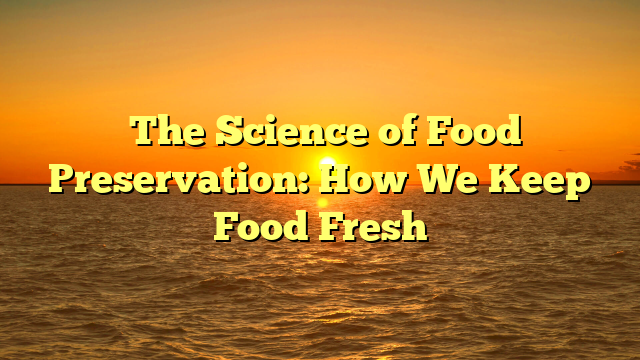
Climate change is one of the most pressing challenges of the 21st century, driven by increasing levels of carbon dioxide (CO₂) and other greenhouse gases in the atmosphere. One potential solution to mitigate climate change is carbon sequestration—the process of capturing and storing CO₂ from the atmosphere. toto 4d , a fast-growing and highly adaptable tree species, has gained attention for its significant carbon sequestration potential. This article explores how eucalyptus trees contribute to reducing atmospheric CO₂ levels and their role in combating climate change.
**1. Fast Growth and High Carbon Absorption**
Eucalyptus trees are among the fastest-growing tree species, with some varieties capable of reaching maturity within 5 to 10 years. Their rapid growth means they can absorb large amounts of CO₂ in a short period, making them highly effective at capturing carbon from the atmosphere.
During photosynthesis, eucalyptus trees absorb CO₂ and convert it into biomass, storing carbon in their trunks, branches, and leaves. Compared to slower-growing species, eucalyptus plantations can sequester carbon at a much higher rate, making them an attractive option for reforestation and afforestation projects aimed at carbon capture.
**2. Long-Term Carbon Storage in Wood Products**
One of the key advantages of eucalyptus plantations is their use in long-lasting wood products. When eucalyptus is harvested and used for construction, furniture, or paper products, much of the stored carbon remains locked within the materials for decades. This prevents CO₂ from being released back into the atmosphere, contributing to long-term carbon storage.
Additionally, eucalyptus wood is increasingly being used in the production of biochar—a charcoal-like substance that can be added to soil to enhance carbon sequestration and improve soil fertility. Biochar can store carbon for hundreds of years while also benefiting agricultural productivity.
**3. Role in Reforestation and Land Rehabilitation**
Eucalyptus trees are widely used in reforestation and afforestation projects to restore degraded land and enhance carbon sequestration. In many regions, deforestation has led to the loss of carbon sinks, contributing to higher CO₂ levels. Planting eucalyptus on deforested or degraded land helps restore vegetation cover and absorb atmospheric CO₂.
Moreover, eucalyptus trees have been used in agroforestry systems, where they are planted alongside crops to improve soil stability, prevent erosion, and enhance biodiversity. This integrated approach provides both environmental and economic benefits, allowing farmers to contribute to climate change mitigation while generating income.
**4. Challenges and Considerations**
Despite its benefits, eucalyptus farming must be managed carefully to avoid negative environmental impacts. Eucalyptus trees have high water consumption, which can lead to reduced groundwater levels in water-scarce regions. Additionally, in some ecosystems, large-scale eucalyptus plantations can outcompete native species and reduce biodiversity.
To maximize the climate benefits of eucalyptus while minimizing risks, sustainable management practices should be adopted. These include selecting appropriate planting locations, using mixed-species plantations, and implementing responsible harvesting techniques to maintain ecological balance.
Eucalyptus trees play a significant role in climate change mitigation by capturing and storing large amounts of CO₂ through their rapid growth and long-term wood products. They are valuable assets in reforestation, land rehabilitation, and carbon sequestration efforts. However, careful management is essential to ensure that eucalyptus plantations contribute positively to both the environment and local communities. With sustainable practices, eucalyptus can be a powerful tool in the fight against climate change.




